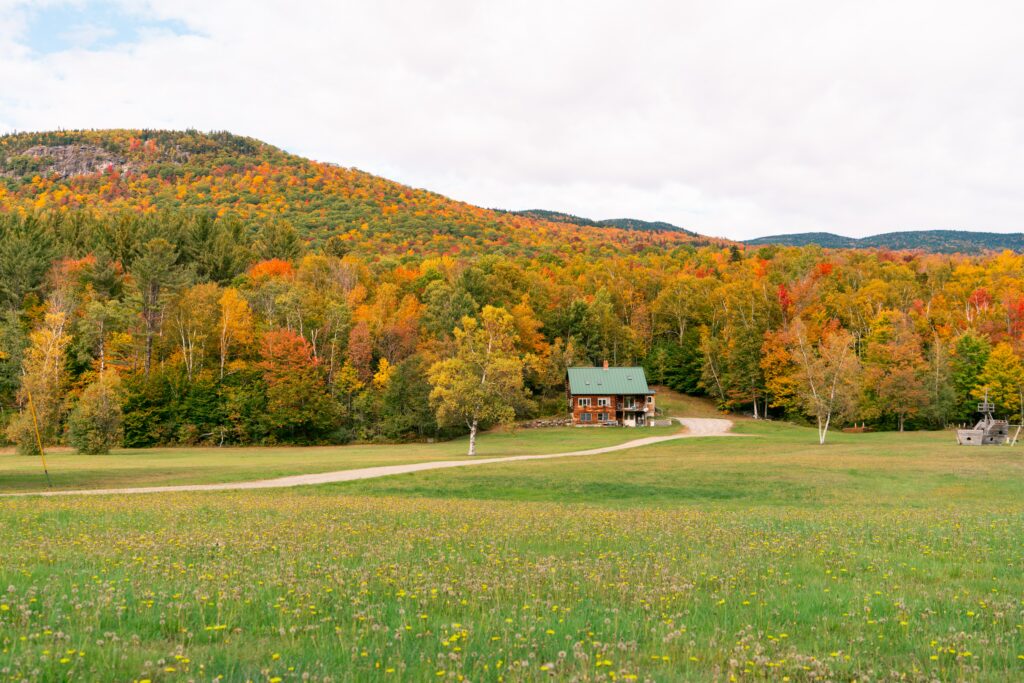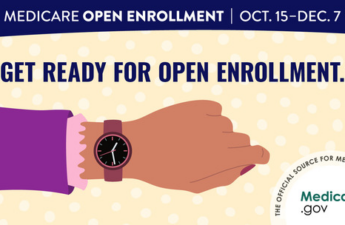
by Liz Carey, The Daily Yonder
May 11, 2023
Rural people who need medical care the most are the least likely to be able to pay for it, according to a new report from the University of Southern Maine.
Research on cost barriers to health care found that rural adults were more likely than urban adults to report being unable to pay their medical bills or have problems paying their medical bills. Rural adults also were more likely to use medications in ways not prescribed (like taking pills every other day or only filling prescriptions every other month) to save money on medication.
Most concerning, said Erica Ziller, one of the study’s authors, was that rural adults with the worst health were more likely to report not getting the care they needed because of the cost.
“It’s almost like a grotesque Catch-22, right?” she said in an interview with the Daily Yonder. “We’re talking about the people who need health care the most, presumably, and also who are experiencing the most difficulty in getting the services they need.”
Using data from the 2019 and 2020 National Health Interview Survey, researchers looked at nearly 36,000 adults between the ages of 18 and 64, nearly 5,000 of whom lived in a rural county. Researchers were interested in seeing if rural adults were more likely to have cost-related barriers to healthcare, like problems paying, delaying or going without healthcare, or rationing medication to save money.
The study found that nearly a fifth of the rural residents (18%) said they were uninsured and 13% said they delayed getting care or went without because of the cost.
Ziller said the research showed that women were more likely to report that they had trouble paying for medical care.
“If we took women and men and we made their income and health status and where they live and their insurance coverage look the same… women still have more trouble affording care,” she said.
Rural residents are more likely to have trouble regardless of their income, she said.
“You expect where the lower your income, the harder affording care would be,” she said. “But there was still a really big effect for middle income people. Those in what we might think of as middle class still reported significant issues paying for care compared to higher income people.”
Ziller said the data for the study comes from the very beginning of the Covid-19 pandemic and doesn’t necessarily reflect measures that went into place to increase affordability for healthcare coverage under the Affordable Care Act or through Medicaid.
During the pandemic, the federal government implemented several policies to improve access to healthcare including keeping people on Medicaid and expanding eligibility and increasing financial assistance for those seeking healthcare coverage through the Affordable Care Act. As a result, Medicaid and Children’s Health Insurance Program (CHIP) enrollment grew from 71.2 million in 2020 to 84.8 million in September 2021, and the uninsured rate across the country fell to 8.9%.
The results of the study are concerning, Ziller said, for what will happen when emergency pandemic measures to make healthcare more affordable expire. The Covid-19 public health emergency ends today (May 11, 2023).
“This is an important thing to be thinking about as we go into ending the public health emergency because certainly people who have been relying on Medicaid, once the continuous eligibility provisions go away, we’re going to see a rise in the number of uninsured,” she said. “Whether that’s going to be more dramatic in rural or urban places, I don’t think we know. But, I’m certainly concerned for people out in rural America that are struggling with the cost of inflation and then facing the prospect of losing health insurance benefits.”
More research on the topic is needed, she said, but it’s clear to her that the ability to be able to afford care is a policy issue for rural Americans that needs to be looked at further and addressed in some way.
This article first appeared on The Daily Yonder and is republished here under a Creative Commons license.


